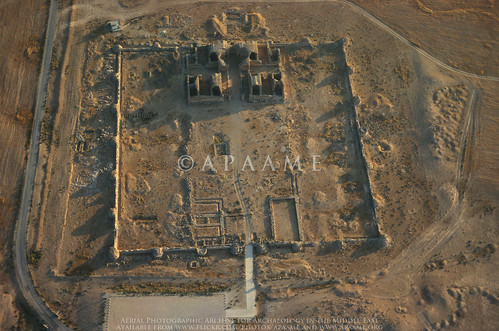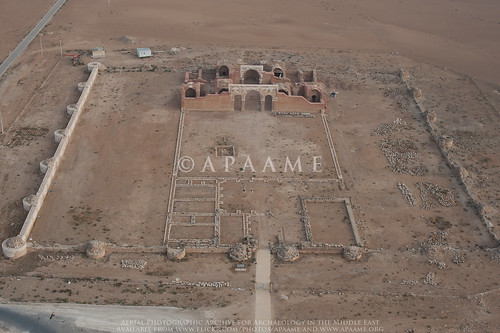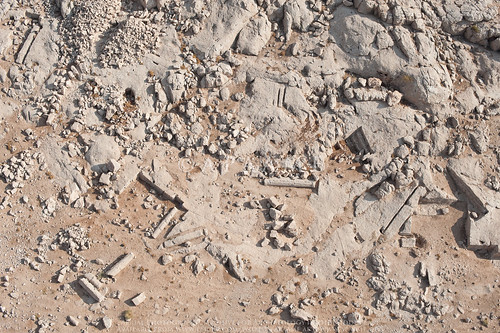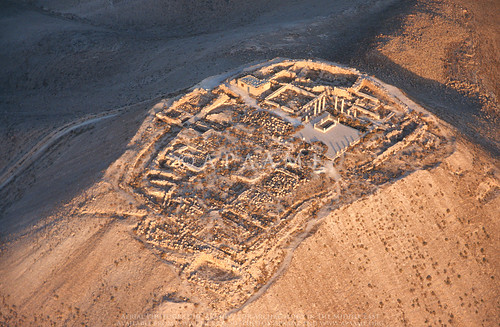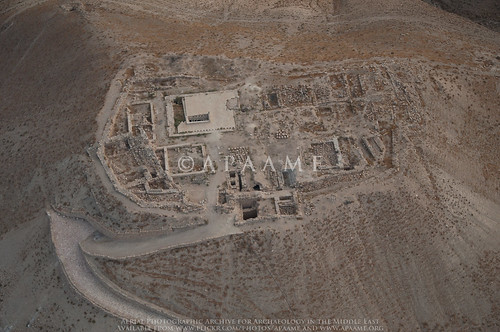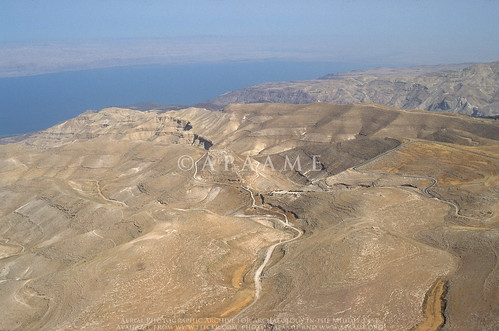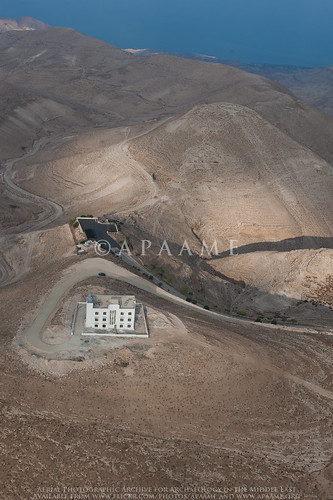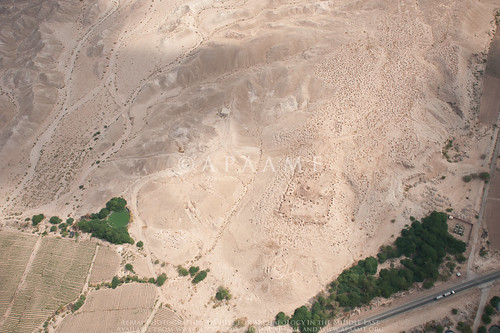Our recent flights over the Jordanian Panhandle have been a reminder of the RAF pioneers who discovered, photographed and published Kites in the 1920s. One of the principle trio was Gilbert Insall.
Insall had published a photograph of a Kite in 1929 (which
has now been ‘rediscovered’ –
Blog 'The First Kites') taken while he was commanding a
squadron in Iraq. Several years later he was back in the Middle East as Station
Commander of RAF Abu Sueir in Egypt, a Flying Training School. Edward Mole, the
Chief Engineer at Abu Sueir in 1937-8, subsequently published a delightful
autobiography of his RAF career including flights made with Insall. By then
Insall was 42 and his enthusiasm for archaeology as undiminished. Mole records
that Insall frequently flew out over Sinai, located sites, landed and set-to
with the shovel and pick he carried with him. In case the C.O. got into
trouble, Mole sometimes flew with him in another aircraft and was roped into
the digging.
From above, the pattern of an old settlement could clearly be seen on the desert sand, and on sighting one, Insall would land nearby and dig for objects.
Later still, Insall and Mole flew together to Baghdad to visit RAF friends.
We set off together in two Audax aircraft to make the long trip across the featureless Arabian desert. There were no radio navigation aids in those days, but all we had to do was to find and follow the oil pipe line which ran straight as a die for hundreds of miles. We took with us all necessary desert flying equipment – emergency rations, water bottles, first aid kits – and Ghoolie Chits.
Interesting that by 1937-8, the air route across the Jordanian Panhandle had evidently shifted from the track and furrow ploughed for the RAF-pioneered Airmail Route of 12 years before along the southern fringe of the lavafield, to the much more straightforward line of the new oil pipeline further north. This was evidently the route followed by Imperial Airways when it took over the Airmail task from the RAF and explains the series of circular route-markers with numbers from (at least) 24 to 16 (as you flew east) (For an example
see Flight 20141015 blog).
In Iraq, Insall had Mole fly him over Samarra so he could photograph it from the air – as he had had done when he flew Crawford there in 1928. Hopefully his aerial photos survive – his son had an RAF flying career, too, and is now a noted writer on archaeological work in Oman.
 |
| Abu Sueir, Sir P Sassoon, G Cpt Insall VC Inspecting Junior Term 1936. |
On a personal note, Insall senior was the Station Commander at Abu Sueir when my father learned to fly there in 1936 and officiated at his Passing Out Parade.
- David Kennedy
Insall, G. S. M. (1929) “The aeroplane in archaeology”,
Journal
of the RAF College, Cranwell 9.2: 174-175.
Mole, E. (1984)
Happy Landings, Shrewsbury.
Kennedy, D. L. (2012) “Pioneers Above Jordan. Revealing a prehistoric
landscape”,
Antiquity 86: 474-491.





.jpg)

.jpg)
.jpg)
.jpg)





